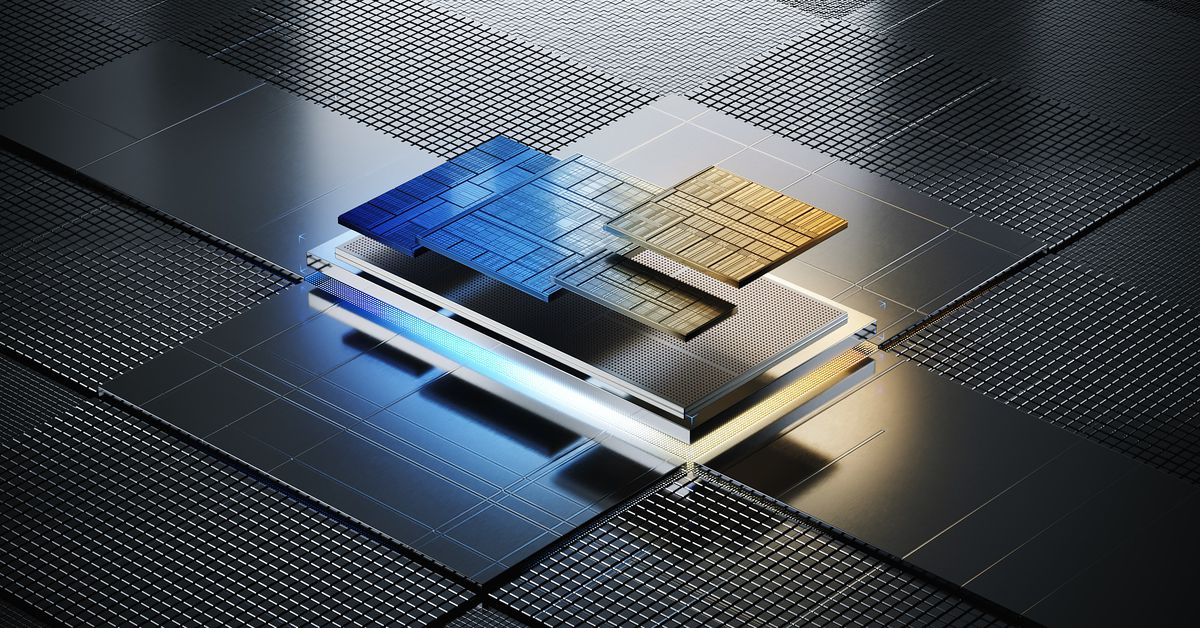In general, there is a lot of activity in the heterogeneous computing area lately. Even AMD seems to adopt this paradigm, with a combination of Zen4 and Zen4c cores. I find it a fascinating topic, in general.
I have noticed that some mobile SoCs, such as Samsung Exynos 2100, Qualcomm Snapdragon 888 and others, have adopted a heterogeneous computing architecture with three types of CPU cores: High-performance or prime cores, performance cores, and (energy-)efficiency cores. I assume that this approach offers greater flexibility than the conventional hybrid CPU paradigm with two types of cores (i.e., P-cores and E-cores) and provides some benefits for portable devices with even tighter energy consumption constraints than laptops, such as smartphones.
I was wondering, though, if this strategy makes also sense for laptops and if we may see it in future macs. (I am not aware of a laptop CPU that utilizes this method. Maybe there is a reason for that...).
So, what do you think? Could laptops benefit from hybrid CPUs with 3 types of cores? Do you believe that we will see such implementations in the future?
I have noticed that some mobile SoCs, such as Samsung Exynos 2100, Qualcomm Snapdragon 888 and others, have adopted a heterogeneous computing architecture with three types of CPU cores: High-performance or prime cores, performance cores, and (energy-)efficiency cores. I assume that this approach offers greater flexibility than the conventional hybrid CPU paradigm with two types of cores (i.e., P-cores and E-cores) and provides some benefits for portable devices with even tighter energy consumption constraints than laptops, such as smartphones.
I was wondering, though, if this strategy makes also sense for laptops and if we may see it in future macs. (I am not aware of a laptop CPU that utilizes this method. Maybe there is a reason for that...).
So, what do you think? Could laptops benefit from hybrid CPUs with 3 types of cores? Do you believe that we will see such implementations in the future?


